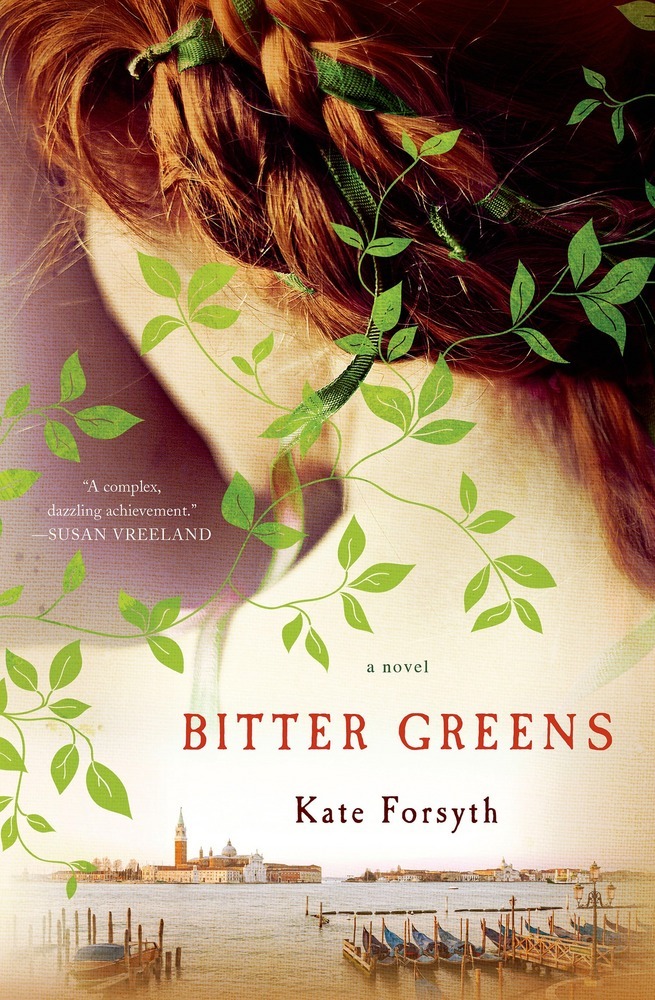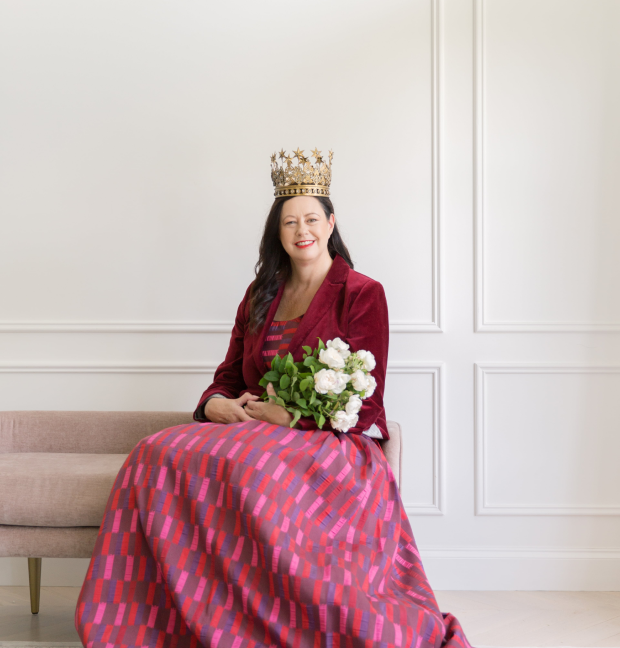
I was recently contacted by a group of college students in the US who are studying my books as part of a module on fairy tale adaptions. They are asked me some really interesting and insightful questions, and I thought I’d share my answers with you all.
What's the difference between the original stories and retellings that you write? How do you make them unique?
There is rarely such a thing as an 'original' fairy tale, since most have ancient roots that stretch back into deep time, before alphabets and writing systems were invented. Oral fairy tales change and grow and adapt as they are told and retold, and so there can be many different variants of the same tale type appearing at different times and in different cultures.
For example, the oldest known version of 'Cinderella' - called 'Ye Xian' - was recorded in China during the Tang dynasty (in 853 AD). It travelled the silk roads back to Europe, and disseminated along trade routes throughout Europe. Dozens of different variants are found, in countries as diverse as Greece and Ireland and Hungary and Norway , before the pattern of action was 'crystallised' (i.e. found a form that most people recognise as the tale 'Cinderella') in the story told by Charles Perrault in 1697. Most subsequent uses of the tale draw upon this crystallised tale, but not all - some writers (like me) are interested in older, often forgotten versions of tales.
There are, of course, entirely new and original literary fairy tales as well, such as the ones written by Hans Christian Andersen, Oscar Wilde or Mary de Morgan. They usually contain with them key tropes of older tales, however, and usually mimic the language of fairy tales with familiar terms such as 'once upon a time' or 'they all lived happily ever after.'
How I choose to work with a fairy tale very much depends on my proposed medium. If I am adapting it for an oral storytelling performance, I simplify the pattern of action, distilling it down to its purest and most potent form, and then I rewrite it using the Three Rs of Storytelling (rhythm, rhyme, repetition) to make it as memorable as possible. Each oral performance lasts for 10-20 minutes, and I need to be able to tell the whole story from memory without any prompts. The use of rhythm, rhyme and repetition also makes the story more memorable for my audience, which is something greatly to be desired.
If I am retelling a tale for a collection of illustrated stories, like those in the 'Long Lost Fairy Tales', I research the tale's origins and variants, and choose which elements I wish to keep and which I choose to discard. Many transcriptions of an oral tale are flat and truncated, and so I seek to deepen and enrich the tales with vivid cultural details. For example, retelling a Sami tale called 'A Mother's Yarn' from the Arctic Circle, I researched what life was like for the Sami, what they ate and wore and how they hunted and fished and played music, and some of their folklore and superstitions and beliefs, so I could bring their world - the world of the story - to life.
If I am drawing upon a fairy tale as a form of intertextuality in a novel, my use of it is usually much more subtle and surprising. I am interested in the history of the tales, and how and why they change and adapt, and I am also interested in how their meanings are at once universal and yet unique to the teller and to their audience. For example, my novel Beauty in Thorns is an exploration of the Pre-Raphaelite artist Edward Burne-Jones's lifelong obsession with the 'Sleeping Beauty' fairy tale, told through the eyes of the four women who most inspired him. I draw upon the structures and symbols of the tale, and highlight some of the uncanny synchronicities between it and the lives of the four women, yet the book can be read without knowing I've drawn upon the fairy tale at all. In my novel The Wild Girl, I create an imagined life of Dortchen Wild, the young woman who told the Grimm brothers many of their most famous tales. Again, I am interested in what the tales she told show us about her inner life, rather than in simply retelling her stories (though I do that too).
What’s your process of retelling stories? What resources do you refer to?
I have a vast library of books on fairy tales, and am always buying more. I also collect old fairy tale collections, as I like to be able to track changes to a story over time. Many old reference books are now available online, which can make my search easier. Basically, I begin by reading a story, studying it, hunting down variants to the tale and comparing them to each other, and researching the history of its tellers. It needs to spark ideas and images and connections in my head, else I cannot work with it. Once the story lives in my imagination, then I begin to find the words to tell it. This can take a surprisingly long time.
How do you think the Disney princesses impacted entertainment today?
Disney Studios have been highly influential on most people's understanding of fairy tales. This has been both positive - these fairy tales may have been lost or forgotten if Disney had not breathed new life into them - and also negative, in that some of the early Disney films are female-reductive and disempowering. Disney certainly opened up a rich field for fairy tale scholars to study and discuss and dissect the classic Western canon of fairy tales, and encouraged many other creative artists to explore these old tales in new, fresh and surprising ways, in theatre, dance, art, photography, film and advertising mediums. That is, I think, a wonderful thing.
What do you think of Disney’s adaptation of these stories? Do you think they represent the whole story in an appropriate manner? Would you disapprove of their rewritings of the classic fairy tales?
These are not questions to be answered easily or simplistically. For example, 'Snow White & the Seven Dwarves' was Disney's first full-length adaptation, released in 1937. The titular heroine can seem stupid and sickeningly sweet to modern eyes, spending her time cheerfully scrubbing floors and singing with bluebirds. Yet you must remember it was released in the darkest days of World War II, at a time when it seemed all hope was lost and Nazism was crushing all opposition. A story about love and goodness conquering evil was badly needed at that time, and 'Snow White' - with its themes of rebirth and resurrection - spoke powerfully to that need.
In addition, its signature mix of charm and humour with danger and darkness was pitch-perfect, reflecting the dual nature of this most ancient - and double-voiced - of art forms.
'Sleeping Beauty' was released in 1959, and it suffers a great deal from the conservatism and misogyny of its time - Aurora, the heroine, is awake for only 18 minutes of the whole film and barely speaks at all. 'Sleeping Beauty' was criticised severely for this, however, and performed poorly at the box office.
It was 30 years before Disney attempted another fairy tale retelling, with 'The Little Mermaid' in 1989. This time, they changed the story's ending completely - and have been criticised for abandoning the author's clear intention, and turning an eerie unhappy tale into a joyous romantic comedy.
Stories are not insects trapped in amber, however, frozen in time for millennium. Like language itself, stories grow and change and adapt and are transformed according to the time and place in which they are found. I may not make the same creative choices as Disney Studios in my creative reimaginings; but I would absolutely defend their right to make them as they thought best.
Who is your favorite Disney princess? Why?
Beauty from 'Beauty and the Beast', perhaps because it was the first fairy tale script written by a woman, Linda Woolverton, and so it was a little less female-reductive than earlier Disney retellings. Also, 'Beauty' likes books, and it has a delightful singing teapot in it.
Or maybe Merida from 'Brave'. Is she a Disney princess?
You might also like to read my writing blog on the best Fairy Tale books:

